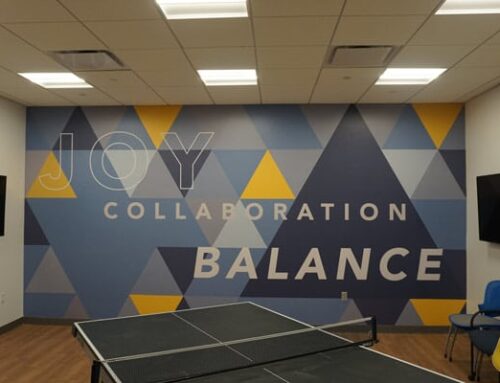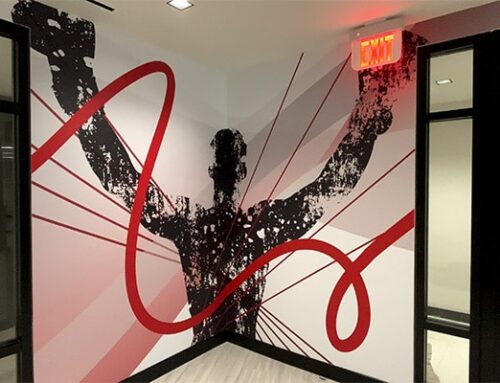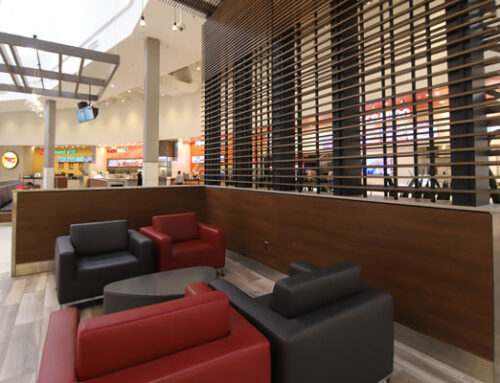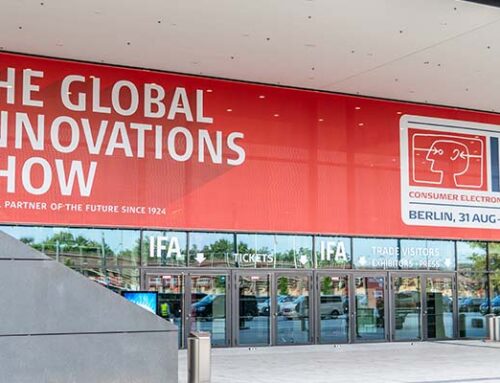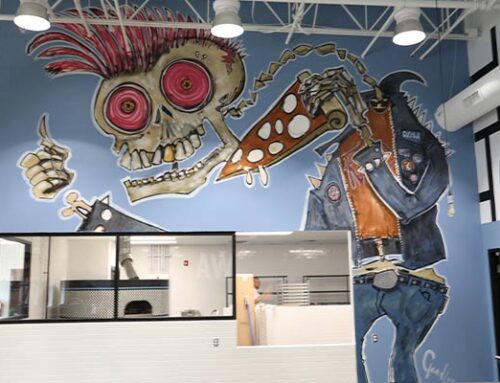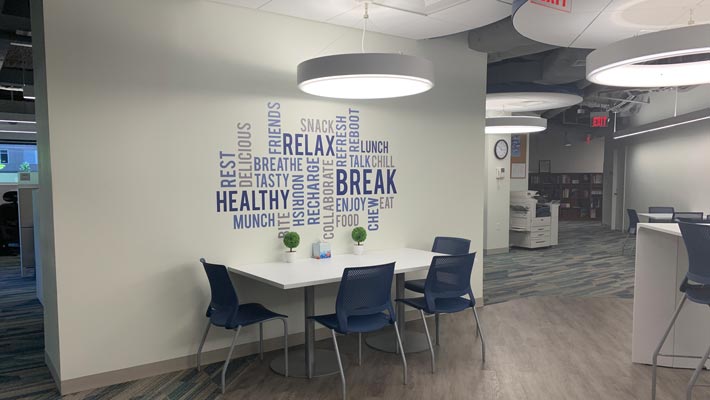
The type of surface a vinyl graphic is being applied to greatly affect the installation. With such a wide variety in surface types: from rough brick to smooth paint, it’s important for a wall graphics installer to know how each surface will affect their installation. So here’s more on how paint type affects vinyl graphic installations.
What Texture is Ideal for Wall Graphics?
Smooth textures are ideal. If you’re here wondering what the best type of wall is to apply and adhesive-backed wall graphic on, the answer it a smooth wall. That is to say, a wall with little or no surface variation. This is because this type of wall provides the easiest application since the adhesive can make contact with the entire surface.
Common Issues with Wall Graphic Installations.
With wall graphics, there are some common reoccuring issues which can occur at installation. An experienced wall graphics company will be able to help you identify those potential trouble areas ensuring you avoid these issues before they even become a problem.That said, here are some of the common issues experience in a wall graphics installation:
- Rough Surfaces. A rough surface can contribute to poor graphic adhesion. This is because there is less of the vinyl’s adhesive backing coming in contact with the wall to make for a proper application.
- Improper Wallpaper Installations. If a wall graphic is being applied over top of it—can lead to said wallpaper peeling off. This, in turn, leads to the graphics coming off.
- Contamination. Contaminants, like excess dust, can get between the adhesive of the wall graphics and the surface it will bind to creating small lumps in the finished product.
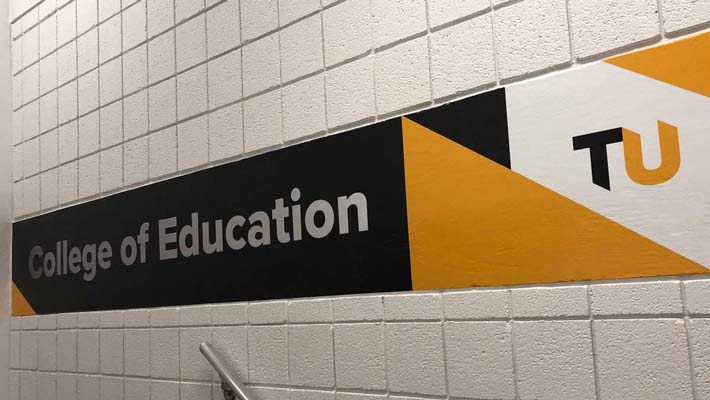
Identifying Your Wall Composition Type
To help you avoid the problem of a rough surface interfering with your wall graphics installation, it’s best to know what type of surface you’re working with. This helps your graphics installer best prepare for the day of application. This is because unsmooth surfaces have high spots and low spots, which range from just a little texture (like fine sandpaper) to heavy texture (like brick). Extra effort and more time-consuming application techniques may be required to maximize the amount of film adhesion to the wall.
- Brick. A kiln-dried, hard clay surfacing material, thicker than tile, for interior or exterior walls. Inherently smooth but may be patterned or textured before firing which can make it quite rough.
- Painted Wallboard. Common for an interior wall surface. These walls are primed, painted and thoroughly dried. Texture varies depending on paint technique but is commonly more than acceptable for graphics installations.
- Concrete. Texture can range from smooth to unsmooth depending on installation.
- Concrete Block. A hollow building block made with concrete. May be painted or unpainted and generally has a moderate texture.
- Stucco. A cement or plaster mixture that is hand or machine applied to interior or exterior walls. Texture can range from smooth to heavy.
- Tile. A kiln-dried, thin, hard clay surfacing material for interior or exterior walls. May be glazed or unglazed. Texture is usually smooth.
- Vinyl Wallcoverings. A thin to heavyweight vinyl material used to cover interior walls. Texture is most commonly smooth but can be quite unsmooth as well.
Consult with Your Wall Graphics Professional
Whenever having any form of wall graphics installed, contact a certified professional. They have the training and experience to determine the best possible installation for your unique situation. They’ll also be able to recommend designs and materials you may not have thought of or even have access to! For more information, get in touch with your local wall graphics company, AP Corp, today!

